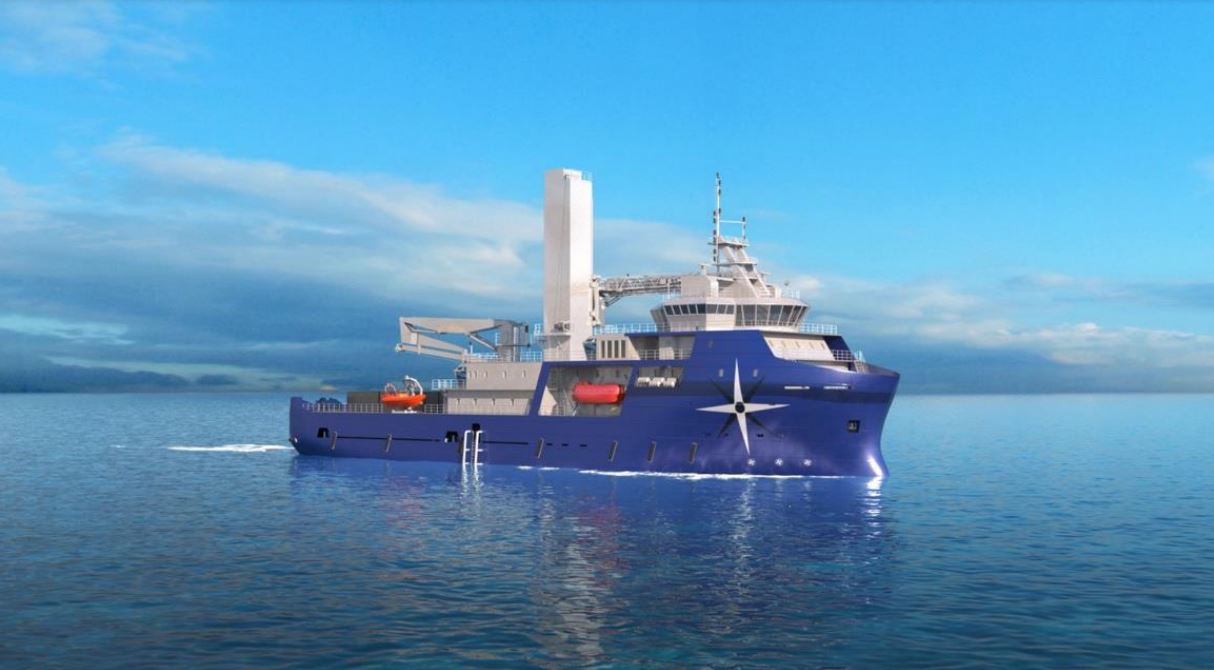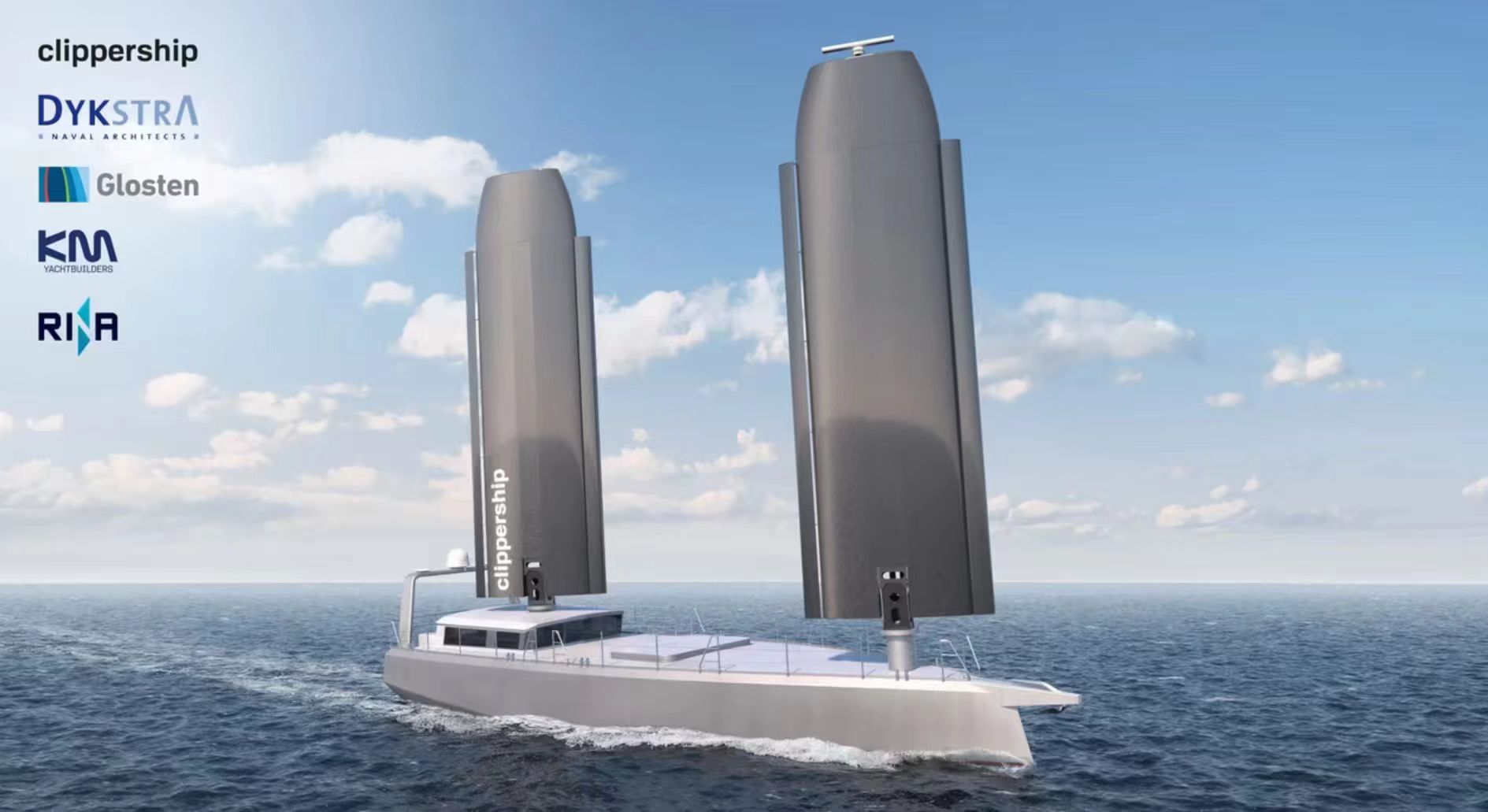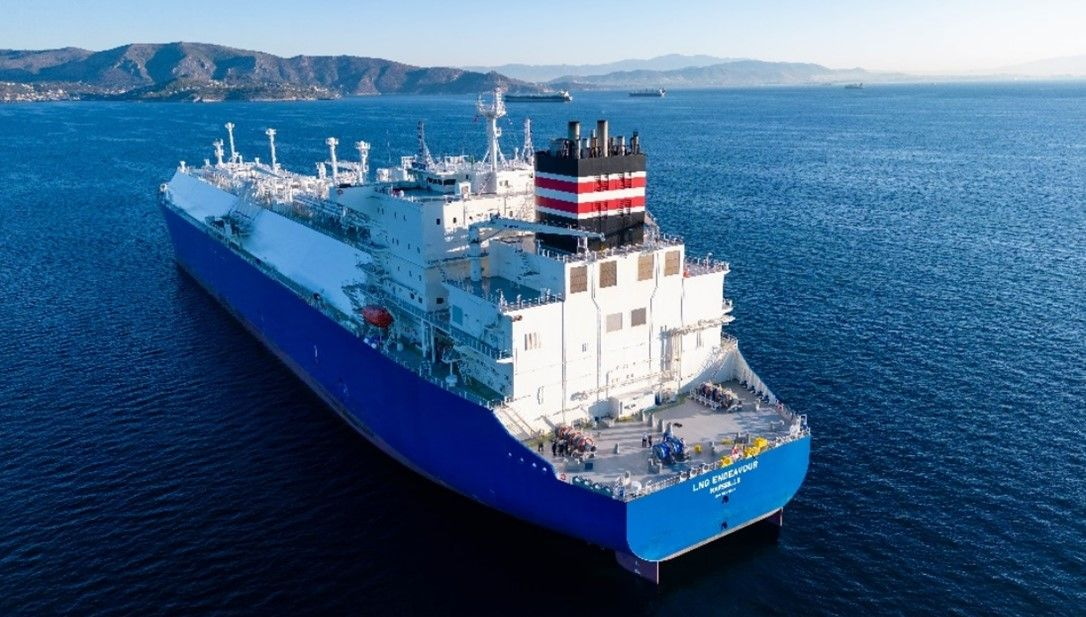马可波罗海运为其海上风电船配备氨气发电系统
作者: 发布时间:2023年04月19日 浏览量:795 字体大小: A+ A-

图片来自网络,版权属于原作者
总部位于新加坡的海上风电船主和运营商Marco Polo Marine与Amogy公司签署了一份谅解备忘录(MoU),根据该备忘录,纽约公司的氨气发电系统将安装在马可波罗海运的海上风电船上。
该公司在4月18日的一份新闻稿中说,该系统将被安装在马可波罗海运公司现有的或新建造的风力船上。
据马可波罗海运称,这一合作关系还将使Amogy公司对其解决方案进行微调,以更有效地支持特定类型的风船,包括但不限于专业运维母船(Service Operations Vessels, SOVs)和调试服务作业船(Commissioning Service Operations Vessels , CSOVs)。
该船东去年进入了台湾和日本的海上风电市场,最近还在韩国的海上风电市场建立了自己的地位。
2022年9月,马可波罗海运公司公布了到2024年建造、拥有和运营一艘CSOV的计划,称其希望满足亚洲海上风电场行业对支持船不断增长的需求。
几个月后,该公司通过其位于台湾的子公司PKR Offshore与维斯塔斯台湾公司签署了一份谅解备忘录,在亚太地区的海上风电项目中部署该船。
马可波罗海运公司引用惠誉解决方案的《全球海上风电展望》中的调查结果说,该地区的海上风电容量预计将以年均15.3%的速度增长,从2021年底的27GW增长到2031年的109GW。
该公司指出,采用氨气发电后,CSOVs和SOVs等船舶的二氧化碳和其他温室气体排放将大幅减少,这些船舶是该行业的重要辅助船舶。
对于Amogy来说,在与马可波罗海运公司签署谅解备忘录后不久,该公司就宣布对一艘建于1957年的拖船进行改造,使其能够使用其氨气发电系统运行。这艘船将配备该公司1兆瓦版本的氨气发电系统,计划在2023年底推出。
今年2月,总部位于布鲁克林的创业公司Amogy与可持续能源催化中心签署了一份意向书和租约,在挪威启动其氨气发电平台的测试业务。测试的重点是在今年晚些时候在拖船上安装一个200千瓦的电源组之前的方案。
Amogy专有的氨气发电平台是基于氨气裂解技术的。据称,通过在船上提取氢气作为氢气发动机的燃料,该平台为重型车辆和供应链的去碳化提供了一个可扩展的、可持续的解决方案。
(本文版权归国际海事信息网所有,图片版权归原作者,转载请注明出处。)
Marco Polo Marine to outfit its offshore wind vessels with ammonia-to-power systems
Singapore-based offshore wind vessel owner and operator, Marco Polo Marine, has signed a memorandum of understanding (MoU) with Amogy, under which the New York company’s ammonia-to-power systems will be installed on Marco Polo Marine’s offshore wind vessels.
The system will be installed on Marco Polo Marine’s existing or newly built wind vessels, the company said in a press release on 18 April.
The partnership will also enable Amogy to fine-tune its solution to more effectively support the specific types of wind vessels including, but not limited to, Service Operations Vessels (SOVs) and Commissioning Service Operations Vessels (CSOVs), according to Marco Polo Marine.
The vessel owner last year entered the offshore wind markets of Taiwan and Japan, and recently also established its presence in the South Korean offshore wind market.
In September 2022, Marco Polo Marine unveiled plans to build, own and operate a CSOV by 2024 saying it wanted to meet the rising demand for support vessels from the offshore wind farm industry in Asia.
A couple of months later, the company, via its Taiwan-based subsidiary PKR Offshore, signed an MoU with Vestas Taiwan for the deployment of the vessel on offshore wind projects in the Asia Pacific region.
The region’s offshore wind capacity is forecast to expand at an annual average rate of 15.3 per cent, from 27 GW at end of 2021 to 109 GW in 2031, Marco Polo Marine said, citing findings in Fitch Solutions’ Global Offshore Wind Outlook.
The adoption of ammonia power would see a significant decrease in carbon dioxide and other greenhouse gas emissions from vessels such as CSOVs and SOVs, which are important support vessels in the industry, the company noted.
For Amogy, the MoU with Marco Polo Marine comes shortly after the company announced it was retrofitting a tugboat built in 1957 to enable it to run on its ammonia-to-power system. The vessel, which will be outfitted with a 1 MW version of the company’s ammonia-to-power system, is planned to be presented in late 2023.
In February this year, the Brooklyn-based startup Amogy signed a letter of intent and a lease with Sustainable Energy Catapult Center to kick-start testing operations for its ammonia-to-power platform in Norway. The tests will focus on programmes for a 200 kW powerpack prior to its installation on the tugboat later this year.
Amogy’s proprietary ammonia-to-power platform is based on ammonia-cracking technology. By extracting hydrogen onboard for fuel in a hydrogen engine, the platform is said to offer a scalable, sustainable solution to decarbonising heavy-duty vehicles and supply chains.
来源:simic






